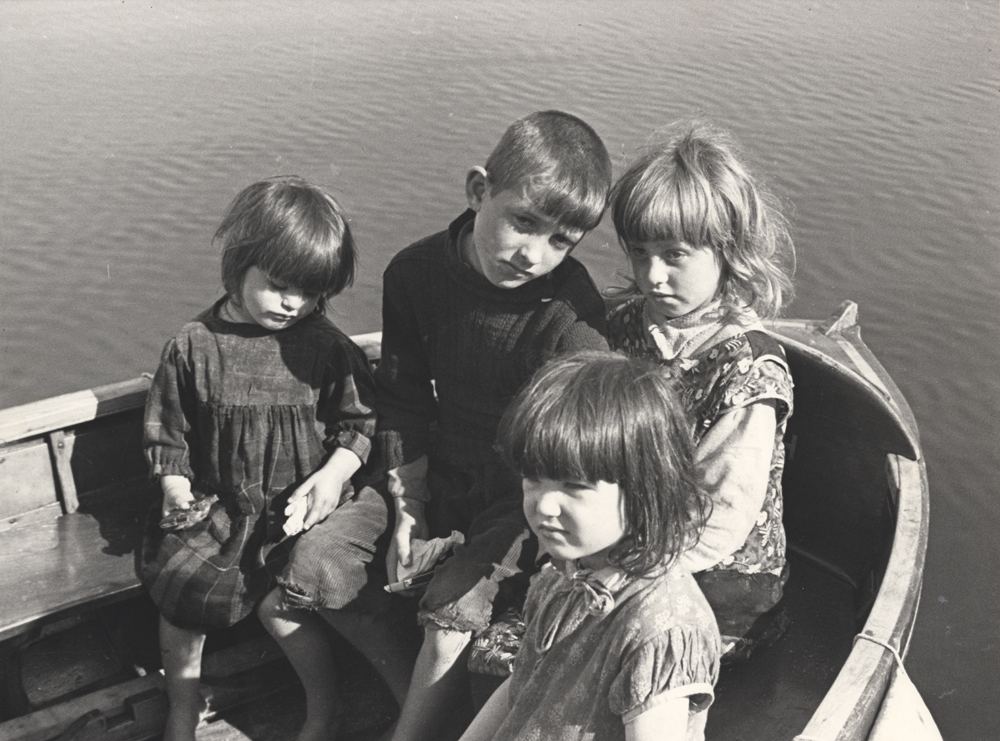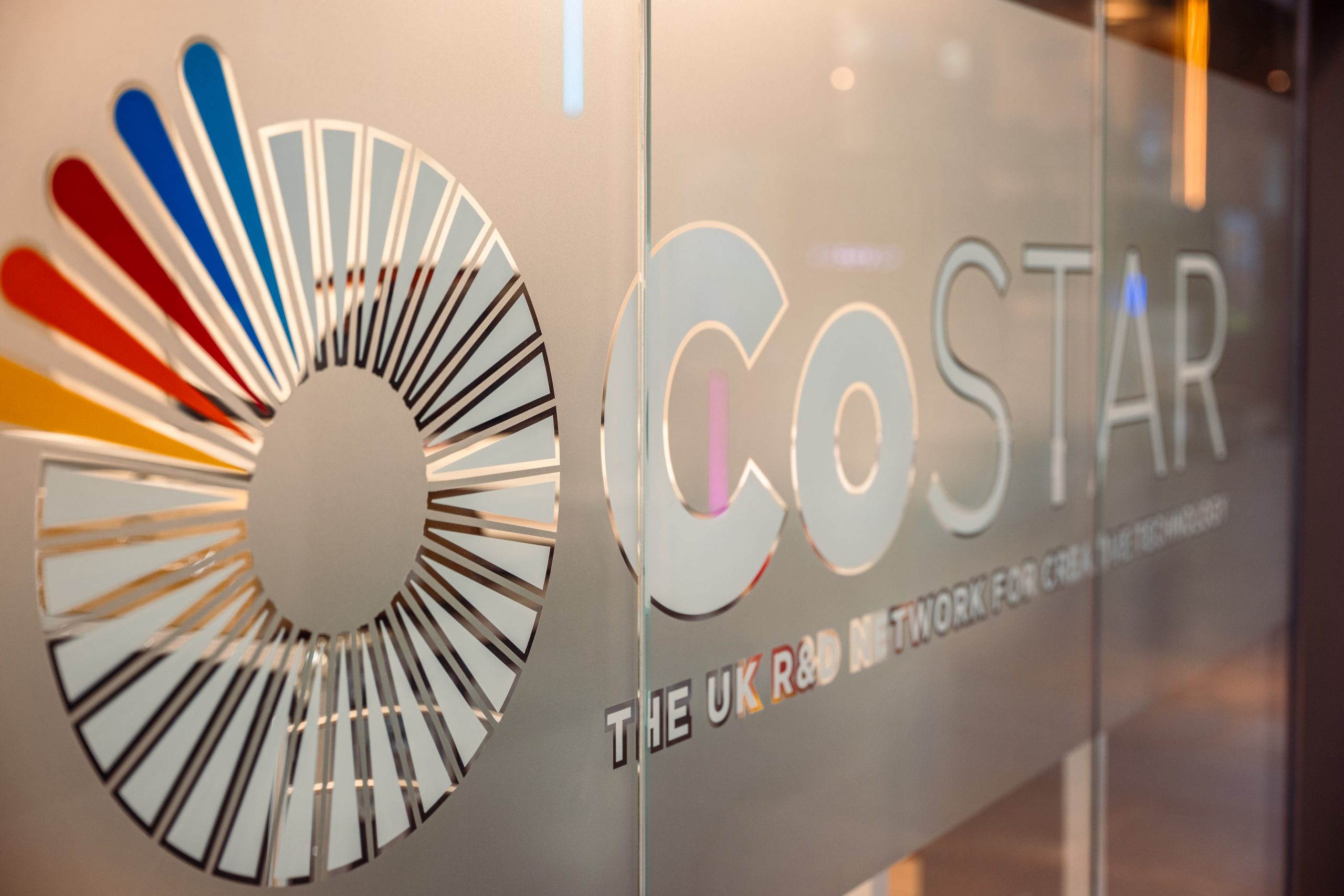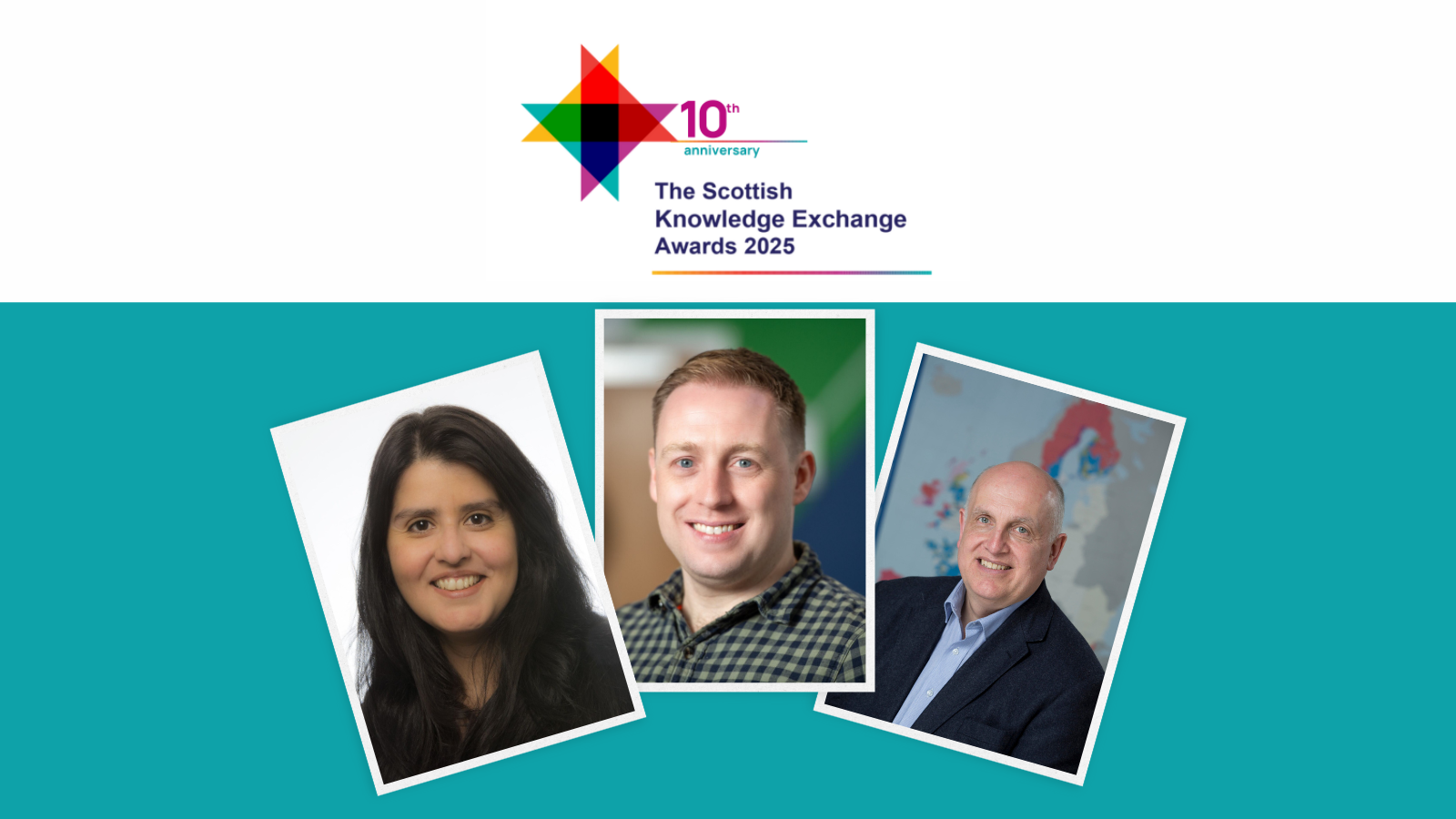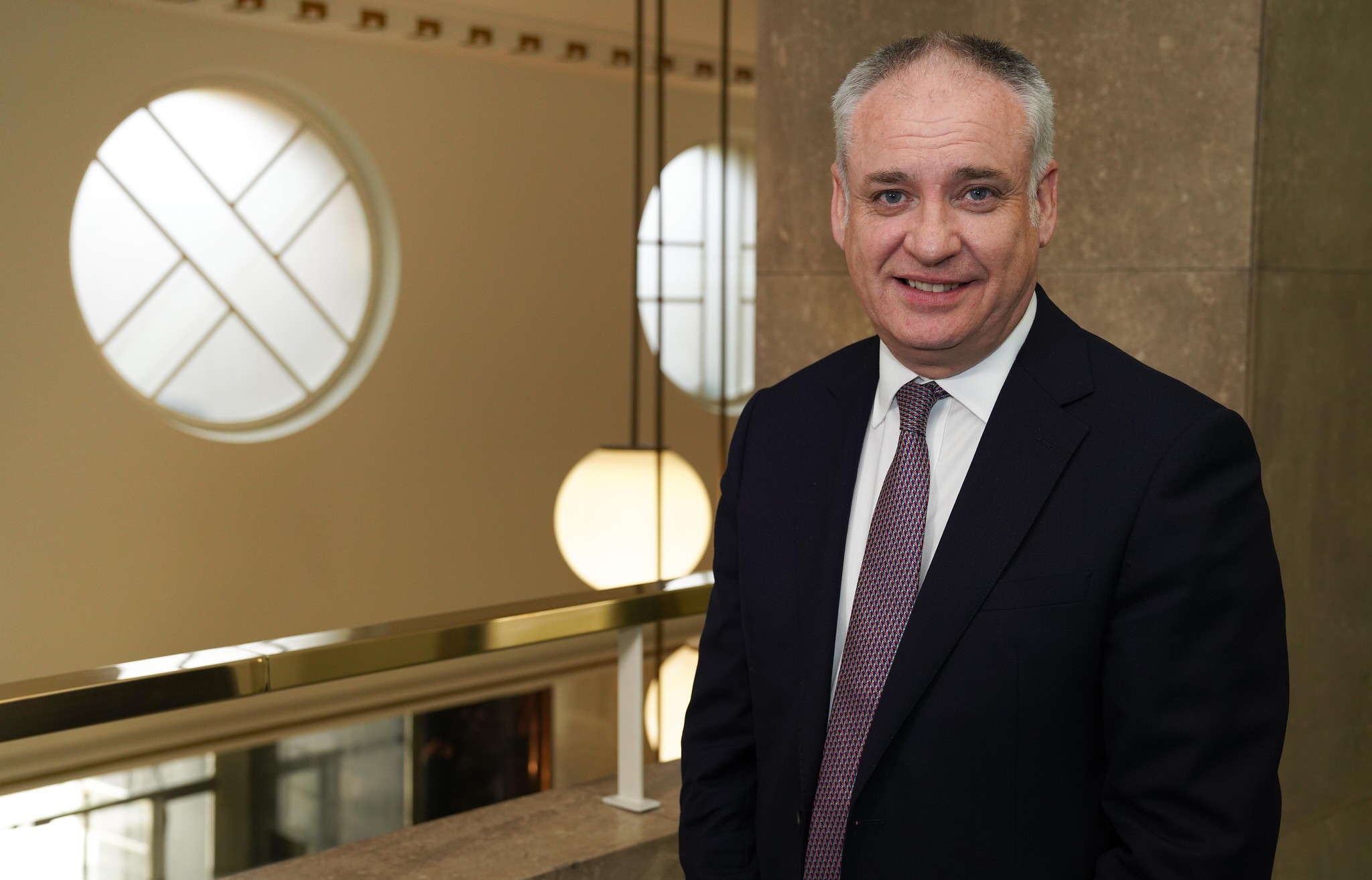Post
Historic photographs of bygone era added to museum collection

A Scottish museum’s internationally significant collection of photographs has been expanded and preserved for future generations, thanks to Interface’s connections.
Dumfries Museum houses an extensive collection of photographs taken by German photographer Dr Werner Kissling between 1935 and the 1970s. Many show images of crafts people and agricultural workers from New Zealand to the Western Isles of Scotland at work, some practising crafts which have since died out.
Dr Kissling was a German aristocrat who was born into great wealth but ended up living as a tenant of a bedsit in Dumfries. He left the German diplomatic service whilst posted to London in 1931, unwilling to work for a Nazi government. Instead, he pursued academic research in the UK even after anti-Hitler activities cost his family their fortune.
He made the first ever film to use spoken Gaelic and is regarded as one of the great photographers of the Western Isles.
In 2018 a suitcase of Dr Kissling’s personal possessions was donated to the museum. When Mari Findlay from Interface approached the museum to tell them of the Scottish Graduate School for Arts and Humanities opportunities, Siobhan Ratchford, the Curator, was able to provide Dr Kissling’s suitcase as a possible project. Mari was then able to source academic expertise to catalogue the contents which included new images, documents and postcards.
PhD student Kirsty Kernohan, who is studying anthropology at University of Aberdeen, created over 500 new catalogue records for the museum’s collection and developed a record identifying Kissling collections in other institutions, available for future research by public and experts. She also compiled three online information pages including around 120 digitised photographs for http://www.futuremuseum.co.uk/ a resource showcasing the collections of museums in Ayrshire and Dumfries and Galloway.
Dr Kissling died in 1988 and Kirsty, who was funded through the Scottish Graduate School for Arts and Humanities (SGSAH) Doctoral Internship programme, said the most fascinating part of her work at the museum was interviewing people who had known him.
“My time in Dumfries has been invaluable. This chance to take on a multi-faceted project in a museum context has allowed me to put into practice skills I had gained volunteering in other museums and through my PhD research. My experience on anthropological fieldwork allowed me to conduct ethical interviews and to add to the museum’s records. My research experience allowed me to pull together information about Dr Kissling to enhance the museum’s collections.
“I also learned a whole new set of skills involving press releases, radio interviews, and museum documentation practices. I can now take forward all these skills into a future career in research or the museum sector. I thoroughly enjoyed undertaking this project whilst working within the supportive environment of Dumfries Museum, getting advice and support from almost all members of staff at various points.”
Siobhan Ratchford added:
“Dr Kissling’s archives are a very valuable insight into Scotland in times gone by. Without Kirsty we would never have had the capacity ourselves to do what she has achieved. We always knew that the collection was important, the fact that more of it is available and accessible to the public through better documentation will help preserve images of crafts which we have lost.”
Interface’s Business Engagement Executive for Dumfries and Galloway, Mari Findlay, said:
“It was great to be able to set up the relationship between Dumfries Museum and the University of Aberdeen which allowed Kirsty to work on such a historical and interesting project to safeguard Dr Werner Kissling’s legacy. The partnership has enhanced the visitor experience and ensured that the collection will be enjoyed more widely.”
Kirsty’s work on Futuremuseum.co.uk can be viewed here.
Kirsty will give a public talk on her work at Dumfries Museum on Thursday, 14 November, 2019 at 6.30pm.



